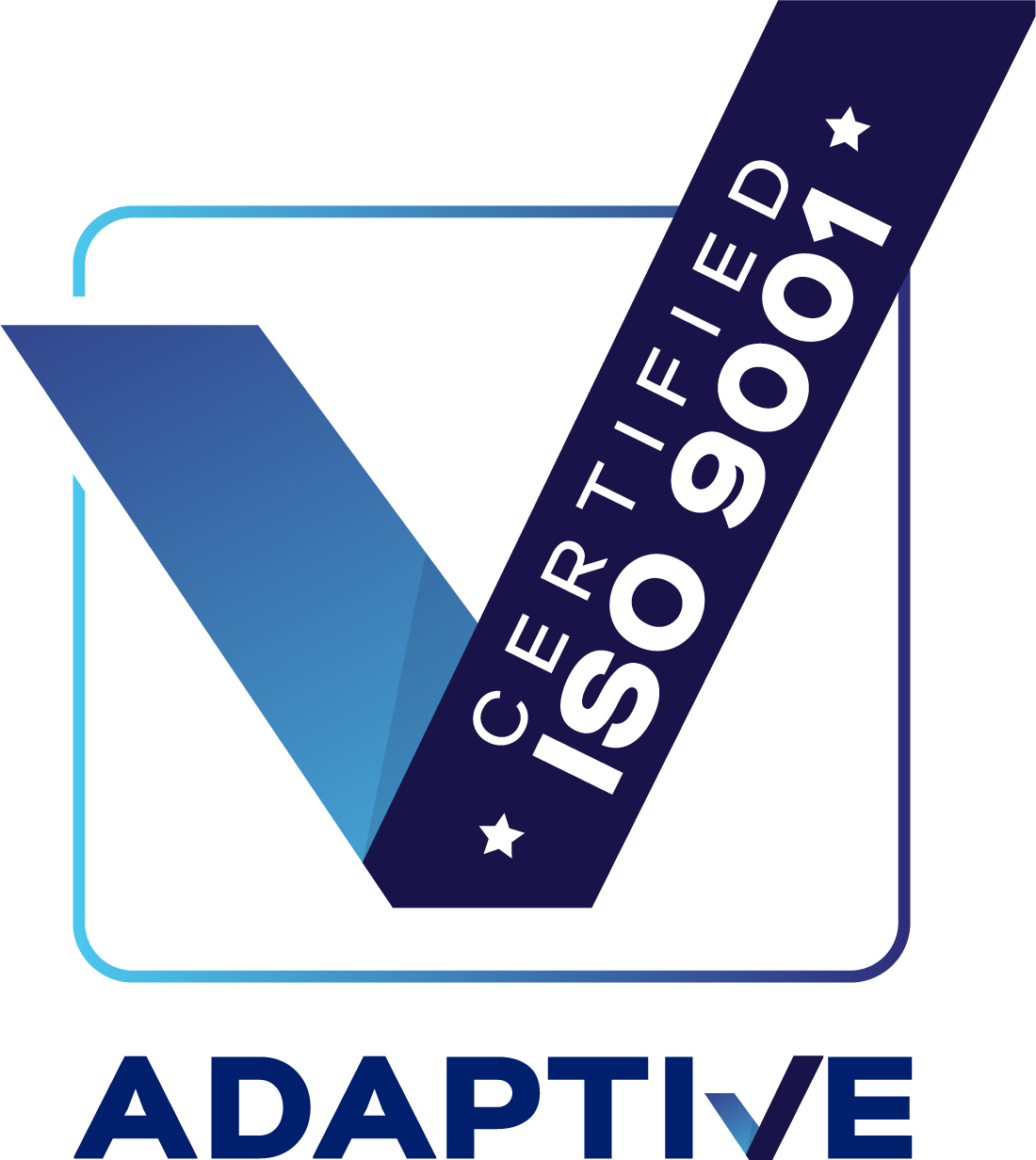
ISO9001 Quality Management System – Objectives and KPIs – How to set great ones!

Quality objectives are a requirement of the ISO 9001 standard. But why are they important to a management system and why is it important to have meaningful objectives and KPIs?
We’ve all heard the buzzword “S.M.A.R.T” goals, but what does that mean and how do we create Objectives and KPIs that add value to our business?
S.M.A.R.T objectives are objectives that are Specific, Measurable, Assignable, Realistic and Time-bound.
The successful implementation of meaningful quality objectives can be summarised into three key concepts. The first of these is customer focus, followed by ease of measurability and last but most certainly not least communication.
Who are we doing this for?
| Many objectives when reviewed have no correlation to the customer’s satisfaction with our products and services. |
If we focus on the customer when setting objectives and KPIs, then we’ve won half the battle.
So, what does our customer want? They want our product or service delivered, to the correct requirements, when they need it.
If we can’t do that then customer complaints are inevitable.
Let’s take one of these points. Our customers want our product or service when they need it. Our objective is therefore to ensure clients receive their product or service 100% on time. I’ve taken this example and expanded it in the last section of this article to show how understanding your customer needs can lead to great objectives.
It’s got to be easy!
| So many objectives and KPI’s, when examined, take forever to understand and the results are not always reliable. |
One of the steps in setting S.M.A.R.T objectives is defining “Measurable” objectives.
If you can’t report on an objective or KPI within a few minutes, then don’t bother!
If process performance cannot be measured immediately, then we have no idea how the process is performing at any point in time.
If we must process data to see how we are performing, then it more than likely won’t happen. Where possible use live data from business operating systems with this capability and check your performance regularly. For example, if your live system can spit out in an instant the average delivery time, this will make for a great objective. However, if someone has to manually calculate the difference between the time a product was ordered and the time it was delivered, add them all together, then calculate the average, it probably won’t be long before the task becomes too hard and monitoring the objective becomes impractical.
Communication!
| “So, we have a quality system and objectives, but nobody knows what they are and we only talk about them once a year.” |
So many clients I work with daily have this comment about their ISO9001 objectives. This is a major hurdle to successful objectives.
Communication of objectives and KPIs is a key area that is often neglected by organisations. For employees to be engaged, they must have a clear understanding of what objectives and KPIs they are responsible for and how they influence customers.
Example
Here is the objective we spoke about earlier in the article, 100% on-time delivery
| Objective | S | M | A | R | T |
| 100% on time delivery | 100% on time delivery in Australia | Delivery In Full On Time (DIFOT) report from business ERP | The General Manager is responsible for this metric | *90% | Weekly Report. Achieve 90% within 6 months. |
* keep in mind, although our objective is 100%, current performance may be well below this. In our example, we have decided to set an initial realistic target at 90%. This may be adjusted as performance improves.
Now we apply the objective to the entire business by understanding how DIFOT is influenced by each person in the business. We need to develop these with the responsible parties to ensure acceptance and understanding.
| KPI’s | S | M | A | R | T |
| Sales | Customer promise dates to be entered on 100% of sales orders | Sales order report | Sales Manager is responsible | 100% of promise dates to be entered during processing | Report on this weekly |
| Procurement | All orders to be raised within 48hrs of sales order being received | Back Order report | Procurement Manager is responsible | 48hrs is achievable | Report on this weekly |
| Receipt | All orders to be receipted 2 weeks prior to customer promise date | Back Order report | Warehouse Manager is responsible | 2 weeks prior to customer promised date is achievable | Report on this weekly |
| Manufacturing/ Fabrication/ Project delivery | All orders ready for dispatch 24hrs before customer promise date | Manufacturing report | Manufacturing/ Project/ Fabrication Manager is responsible | Achievable | Report on this weekly |
| Dispatch | All orders dispatched on or before the customer promise date | Customer backorder report | Warehouse Manager is responsible | Achievable | Report on this weekly |

Check out our ISO9001 guides and Checklist
Written by Ryan Chapman




